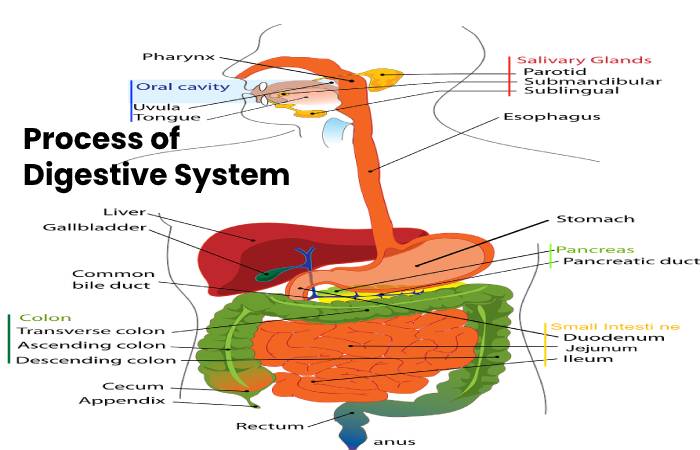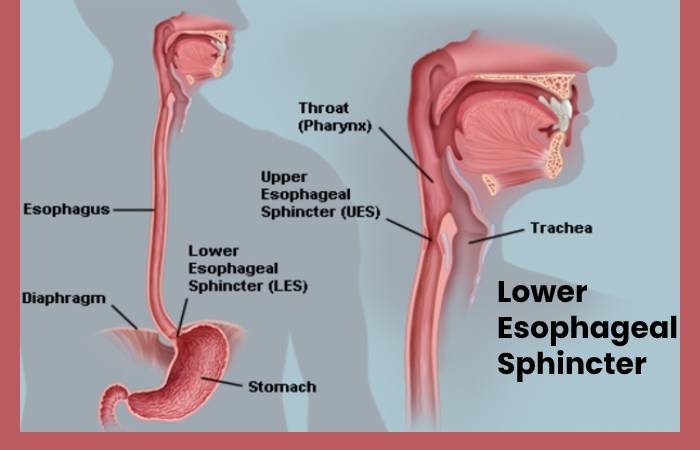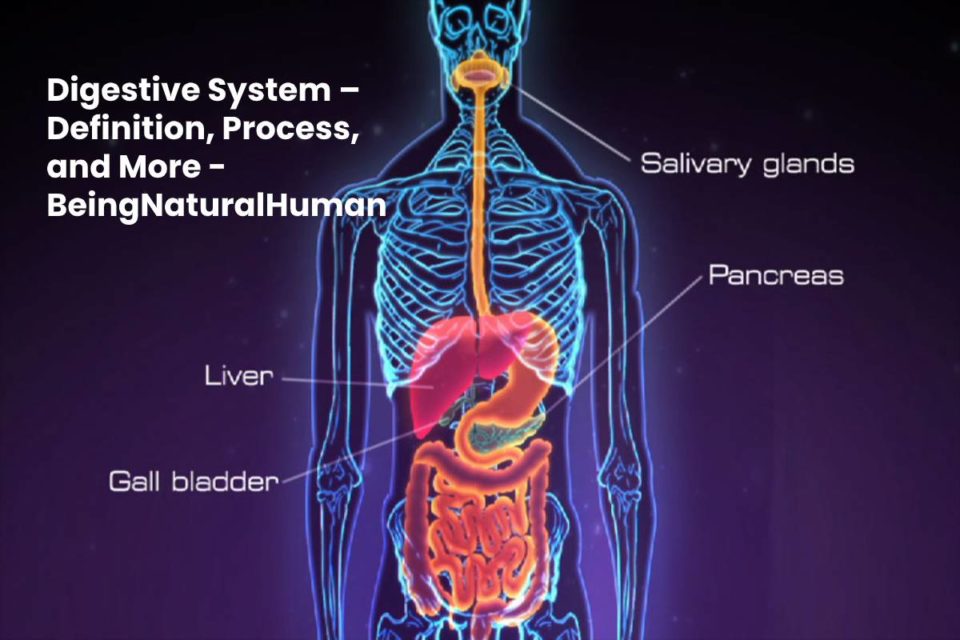Table of Contents
Definition of Digestive System
The digestive system made up of the gastrointestinal tract, also called the digestive tract. The gastrointestinal tract is a series of hollow organs joined together in a long. It twisted the tube that runs from the mouth to the anus.
The hollow organs are the mouth, esophagus, stomach, small intestine, large intestine, and anus. The organs of the digestive system are liver, pancreas, and gallbladder.
The small intestine has three parts.
- The first part is called the duodenum.
- The jejunum is in the middle.
- The end part is the ileum.
The large intestine consists of the cecum, colon, appendix, and rectum.
- The appendix is a finger-shaped pouch attached to the blind.
- The first part is the cecum.
- The colon is next.
- The end part is the rectum.
It includes the mouth, salivary glands, esophagus, stomach, liver, gallbladder, pancreas, large intestine, small intestine, appendix, rectum, and anus. Bacteria in the gastrointestinal tract are called intestinal flora or microbiota.
Working together, the nerves, hormones, bacteria, blood, and organs of the digestive system digest the food. It fluids that a person eats or drinks each day.
Importance of Digestion in the Digestive System
Digestion is essential because the body needs nutrients from food and drinks to function correctly and stay healthy. Proteins, fats, carbohydrates, vitamins NIH external link, minerals NIH external link, and water are nutrients.
The digestive system chemically breaks down nutrients into small enough parts of the body. Also, it can absorb the nutrients and use them for energy, growth, and cell repair. And proteins chemically are broke down into amino acids.
Fats chemically broke down into fatty acids and glycerol. Carbohydrates chemically are broken down into sugars. The digestive system chemically breaks down nutrients into parts that are small enough for the body to absorb.
Working of Digestive System
Each part of the digestive system helps transport food and liquid through the gastrointestinal tract. It chemically breaks down food and liquid into smaller pieces or both.
The body can absorb and transport nutrients where they are needed. The large intestine absorbs water, and the waste products of digestion become feces. The control of the digestive process is nerves and hormones.
Food transport through the gastrointestinal tract through a process called peristalsis. The large, hollow organs of the digestive tract contain a muscular layer that allows their walls to move. The movement pushes food and liquids through the gastrointestinal tract and mixes the contents within each organ. The muscle behind the food contracts and pushes the food forward. The tissue in front of the diet allows us to move.
Process of Digestive System

The digestive process begins when a person puts food in his mouth.
Mouth
Food begins to move through the gastrointestinal tract when a person eats. When the person swallows, the tongue pushes the food down the throat. A small flap of tissue folds over the trachea to prevent the person from choking. So food passes into the esophagus.
Esophagus
Once the person begins to swallow, the process becomes automatic. The brain sends signals to the muscles of the esophagus, and the peristalsis occurs.
Lower Esophageal Sphincter

When food reaches the end of this, a muscle ring called the lower esophageal sphincter relaxes. It allows food to pass into the stomach. This sphincter usually remains closed to prevent what is in the stomach from flowing back into the esophagus.
Stomach
The food enters the stomach. The stomach muscles mix food and liquid with digestive juices. The stomach slowly empties its contents pass to next.
Small Intestine
The muscles of it mix food with digestive juices from the pancreas, liver, and intestine. The push the mixture forward to continue the digestion process. The walls of its absorb water and digested nutrients, incorporating them into the bloodstream. As peristalsis continues, waste products from the digestive process pass to next.
Large Intestine
The large intestine absorbs water and changes waste from fluids to feces. Peristalsis helps move stool into the rectum.
Rectum
The rectum stores stool until it pushes out of the anus during defecation.
The Digestive System Work to Chemically Break Down Food into Small Parts
The gastrointestinal tract through food transport The digestive organs chemically break down food into smaller pieces using movements.
Mouth
This process begins with the mouth. So the salivary glands produce saliva, a digestive juice that moistens food to transport. Saliva is an enzyme that begins to break down starches in food chemically.
Esophagus
So after swallowing, peristalsis pushes food down the esophagus into the stomach. That is it more quickly through the esophagus into the stomach.
Stomach
The glands in the lining of the stomach produce stomach acids and enzymes that chemically break down food. Thus the stomach muscles mix food with these digestive juices.
Pancreas
The pancreas produces a digestive juice that has enzymes that chemically break down carbohydrates, fats, and proteins. So the pancreas supplies the digestive juice to the small intestine through small tubes called ducts.
Liver
It produces a digestive juice called bile. So it helps digest fats and some vitamins. Thus, bile ducts transport bile from the liver to the gallbladder for storage or to the small intestine for use.
Gallbladder
The gallbladder stores bile meals, the gallbladder squeezes bile into the small intestine through the bile ducts.
Small intestine
The small intestine produces digestive juice, which mixes with bile. And pancreatic juice to complete the chemical breakdown of protein, carbohydrates, and fats. So bacteria in the small gut make some of the enzymes necessary to digest lactose.
Also, the small intestine carries water from the bloodstream to the gastrointestinal tract to help chemically break down food. Most importantly, the small intestine also absorbs water with other nutrients.
Large intestine
In the large intestine, more water transport from the gastrointestinal tract to the bloodstream—bacteria in the immense gut help to break down the remaining nutrients and produce vitamin K chemically. As a result, the waste products of digestion, including parts of food that are still too large, become feces.
Digested Food Occur in the Digestive System
The small intestine absorbs more nutrients in food. Because the circulatory system passes them to other parts of the body for storage or use. Also, there are specialized cells that help absorbed nutrients cross the intestinal lining to enter the bloodstream.
Thus the blood carries simple sugars, amino acids, glycerol, and some vitamins and salts to the liver. Therefore, the liver stores, processes, and distributes nutrients to the rest of the body when necessary.
But a fluid called lymph through the body to fight infection absorbs fatty acids and vitamins. So the body uses sugars, amino acids, fatty acids—besides, Glycerol to develop the substances necessary for the energy, growth, and repair of cells.
Process of Digestive System
The work of Hormones and nerves together to help control the digestive process. But there are signals that flow within the gastrointestinal tract and that go back. So the gastrointestinal is the fourth track from the brain.
Hormones
The cells that line the stomach and small intestine produce. Thus it controls the function of the digestive system. So these hormones tell the body when to produce digestive juices. And send signals to the brain that indicate whether a person is hungry or full. Besides, the pancreas also produces hormones that are important for digestion.
Nerves of the Digestive System
The body has nerves that connect the central nervous system with the digestive system and control some digestive functions. For example, When a person sees or smells food. So the brain sends a signal that makes the salivary glands “mouth water” to prepare them to eat.
The walls of the gastrointestinal tract are food stretches. Also, the SNE nerves release many different substances that speed up or slow down the movement of food. As a result, it sends signals to control the actions of the intestine muscles to contract. Relax to push food through the intestines.

